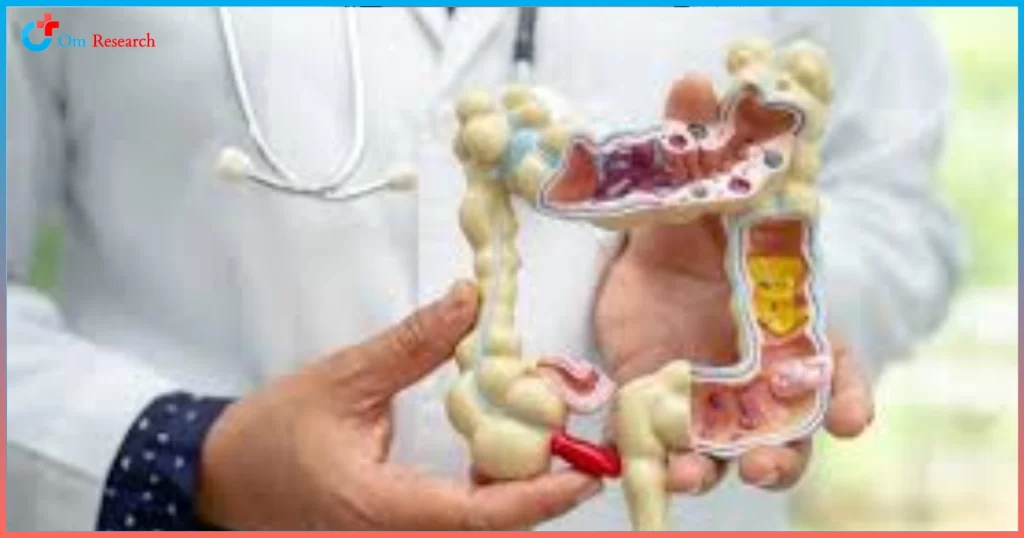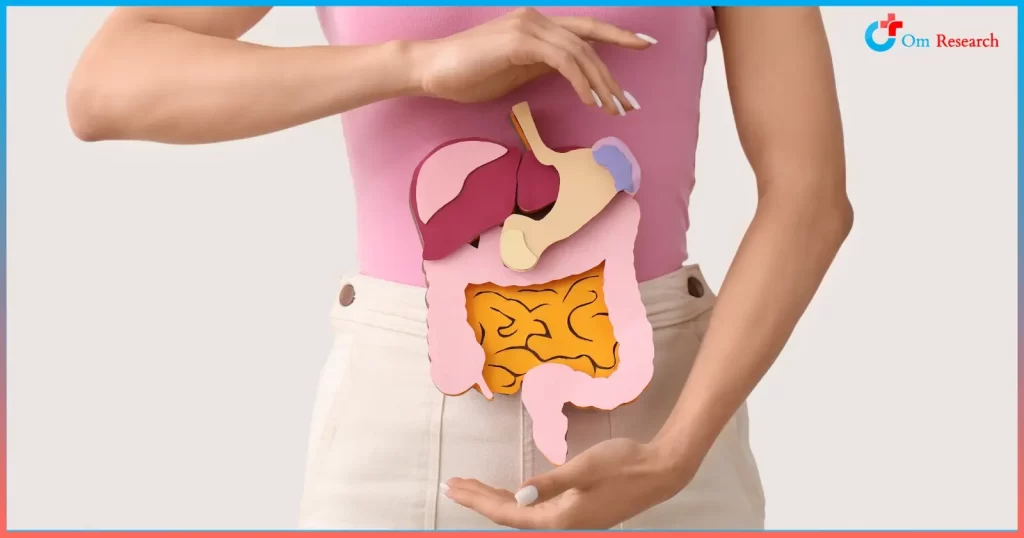Nonalcoholic fatty liver disease is a condition that can cover a range of other liver conditions affecting people who drink little to no alcohol. The main characteristic of nonalcoholic fatty liver disease is too much fat stored in liver cells.
Nonalcoholic steatohepatitis, a potentially serious form of the disease, is marked by liver inflammation, which may progress to scarring and irreversible damage. This damage is similar to the damage caused by heavy alcohol use. Nonalcoholic steatohepatitis can progress to cirrhosis and liver failure.
This disease is typically associated with obesity related disorders, such as type-2 diabetes mellitus. Nonalcoholic fatty liver disease usually causes no signs and symptoms. When it does, they may include: Enlarged liver, fatigue and or pain in the upper right abdomen area.
At this time, experts don’t know exactly why some people accumulate fat in the liver while others do not. Nonalcoholic fatty liver disease and nonalcoholic steatohepatitis are both linked to the following conditions: obesity, high blood sugar, high cholesterol and triglycerides. These combined health problems appear to promote the deposit of fat in the liver. For some people, this excess fat acts as a toxin to liver cells, causing liver inflammation and nonalcoholic steatohepatitis, which may lead to a buildup of scar tissue (fibrosis) in the liver. It is difficult to distinguish nonalcoholic fatty liver disease from nonalcoholic steatohepatitis without further testing.
Om Research is pleased to be conducting a clinical trial in the search of new treatment for nonalcoholic steatohepatitis. Currently there is no treatment available for the disease. Please contact us to see if you are eligible to participate in a clinical trial. 661-388-2239.



